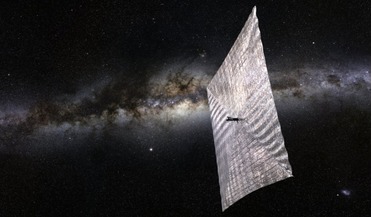 24 July 2019
LightSail 2 unfurls its sails and soars through space
24 July 2019
LightSail 2 unfurls its sails and soars through space
...around Earth powered by nothing more than the energy of the sun. This small shoe-box-sized cubeSat that now extends to ...orientation—a promising early sign the spacecraft is tracking the Sun properly,” The Planetary Society shared via its website. ...
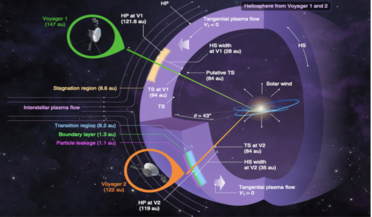 04 November 2019
Its official! Voyager 2 has passed into interstellar space
04 November 2019
Its official! Voyager 2 has passed into interstellar space
... the cold, dense very local interstellar medium (VLISM) on 5 November 2018, at a distance of 119 times the Earth–Sun distance; a measurement referred to as an Astronomical Unit, or au for short. Its companion, V1, the only other human-made spacecraft...
 25 January 2016
Permanent N2 icecap at Pluto’s north pole may be responsible for an expanding atmosphere
25 January 2016
Permanent N2 icecap at Pluto’s north pole may be responsible for an expanding atmosphere
...and heliocentric distance of Pluto varies with its distance from the Sun, so too does the temperature of the volatile ices as ...rules out an ongoing atmospheric collapse as Pluto heads away from the Sun and is most likely due to a permanent N2 ice cap ...
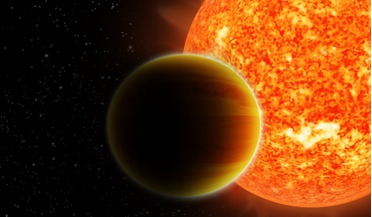 20 June 2016
Trio of hot Jupiters give clue to their formation
20 June 2016
Trio of hot Jupiters give clue to their formation
... hot Jupiters around main-sequence stars – stars such as our Sun – and evolved stars to determine how stellar mass and chemical ... its inhabitants imply that the stars are younger than the Sun (at around 4 billion years). The team state that the ...
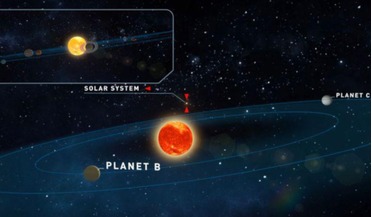 19 June 2019
Two new Earth-like planets found around nearby star
19 June 2019
Two new Earth-like planets found around nearby star
...called "Teegarden's star" – a mini version of our Sun that is ten times lighter. Despite its relative close proximity... to see planets in our Solar System pass in front of the Sun using the Transit method; a method that detects the minute dimming of...
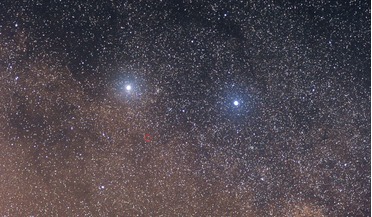 15 February 2021
Possible planet found in habitable zone around Alpha Centauri
15 February 2021
Possible planet found in habitable zone around Alpha Centauri
...reality Alpha Centauri is a triple star system consisting of two sun-like stars, Alpha Cen A & B, and a smaller ...out to be the discovery of the closest exoplanet to us around a sun-like star, now dubbed Candidate 1, or C1, or something else all ...